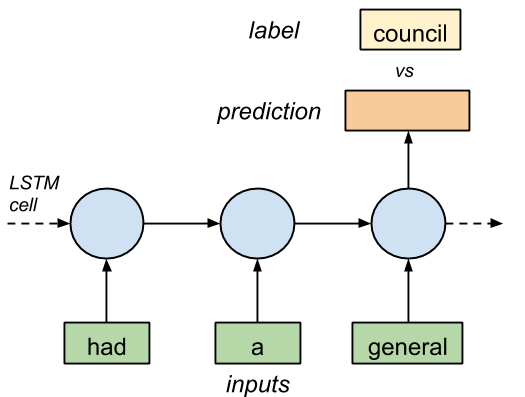
Figure 1. LSTM cell with three inputs and 1 output.
A way to convert symbol to number is to assign a unique integer to each symbol based on frequency of occurrence
1 | def build_dataset(words): |
上面就是采用通过词频的方式,来进行转化编码
1 | def RNN(x, weights, biases): |
Final notes:
- Using int to encode symbols is easy but the “meaning” of the word is lost. Symbol to int is used to simplify the discussion on building a LSTM application using Tensorflow. Word2Vec is a more optimal way of encoding symbols to vector.
- One-hot vector representation of output is inefficient especially if we have a realistic vocabulary size. Oxford dictionary has over 170,000 words. The example above has 112. Again, this is only for simplifying the discussion.
- The number of inputs in this example is 3, see what happens when you use other numbers (eg 4, 5 or more).
想法:
- one hot的进化?词语太多的话,数组170000?左右
- 关于word的meaning部分,采用word2vec的方式,
- 关于input的参数的使用?如何使用?